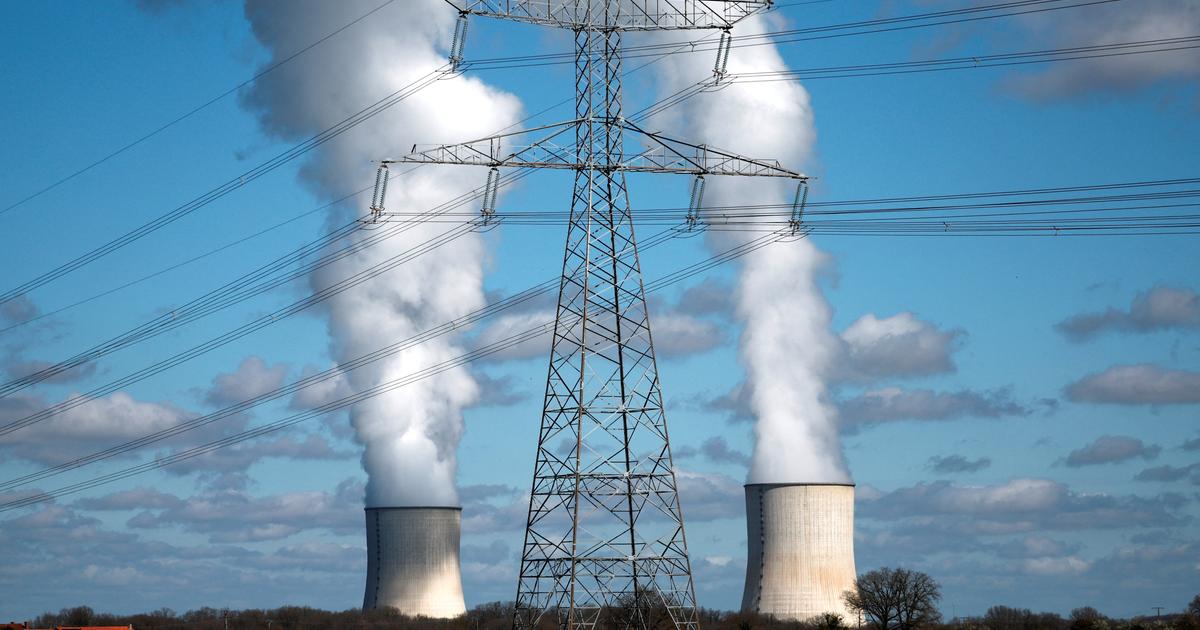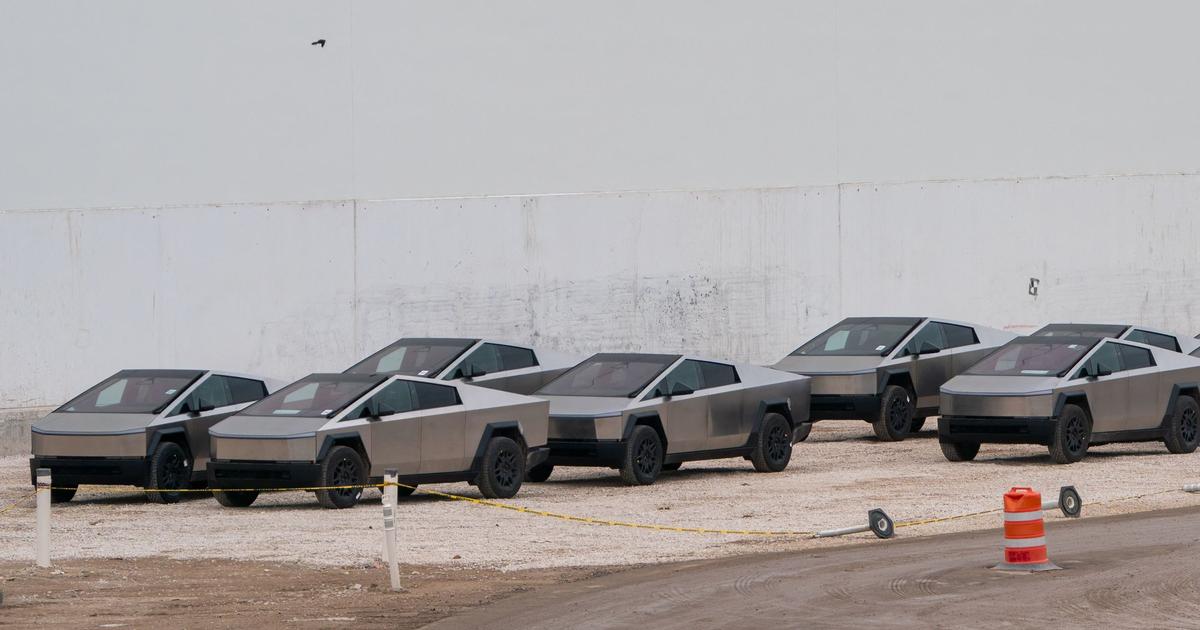When a large wealth management firm starts talking about significant reductions in costs, energy consumption and carbon footprint, there is cause for concern. They are money people who measure everything to the decimal point. The company's reputation is based on achieving its clients' goals and trusting it, which is why anything that promises to transform the business must prove effective.
For JM Finn, this has resulted in a 75% reduction in data center rack space, thanks to hyperconverged infrastructure (HCI), as part of an ongoing digital transformation and office relocation. Reduced hardware has reduced power consumption and improved performance. According to Jon Cosson, CISO and IT manager at JM Finn, it's still early, but the company has already seen "tangible benefits in terms of operational costs and environmental impact."
Cosson's experience mirrors the findings of an Atlantic Ventures study on data center sustainability. The study calls on CIOs to "re-evaluate their current cloud and data center strategies" to offset rising energy costs and ambitious Net Zero goals. According to this study, HCI must participate in this effort, as it allows, in some cases, to achieve energy savings of the order of 30 to 40%.
«
HCI architectures offer customers the ability to combine the benefits of a highly automated, cloud-like IT infrastructure with the flexibility to host it in any location," says Atlantic Ventures. This is a form of digital sobriety: an infrastructure that allows organizations to better focus their digital resources, reducing waste and improving overall performance and data relevance.
This is important because companies embarking on a digital transformation process must go through a series of natural steps. The success or failure of these steps depends on the flexibility and efficiency of the underlying infrastructure. By streamlining this infrastructure – by reducing the number of racks, for example – companies typically free themselves from the costly complexity of operating their own data centers.
This doesn't necessarily mean switching to the public cloud and hyperscalers by default, although they may have an important role to play. HCI offers organizations the ultimate in possibility, enabling a hybrid cloud strategy and optimizing the consumption of IT resources (whether public or private cloud), while minimizing costs and energy consumption.
The value of an HCI, such as Nutanix, lies in simplifying and automating its IT platform so that it manages itself, allowing the IT team to focus on other tasks.
Focus on cooling
In terms of sustainability, every part of the cloud and data center ecosystem is expected to bring sustainable innovation. While a Nutanix HCI will focus on software that automatically optimizes the consumption of computing resources, the data center provider (colocation or public cloud provider) must bring innovations to reduce water and energy consumption for cooling purposes. It is certain that more data centers should adopt liquid cooling, which has proven its effectiveness and durability. For their part, IT equipment suppliers must support sustainability measures through recycling and energy efficiency improvements. Each of them has a role to play in reducing customers' impact on the environment and achieving their Net Zero goals.
However, it is the HCI that is likely to have the greatest impact. According to Atlantic Ventures, "In EMEA, HCI architectures have the potential to reduce up to 56.68 TWh [terawatt hours] between 2022 and 2025 and save up to €8.22 billion in electricity costs over the same period for enterprises and data center providers undertaking a complete transformation to an HCI."
These are certainly significant figures, but in the end, the big changes can come from the real demands made to these services. While it is not culturally, at least, to impose or even advocate a reduction in the use of digital devices, there is certainly scope for more to be done in the way data is processed and managed.
Automation within the HCI certainly improves data processes and ensures that workloads run in the most efficient cloud locations. Simply put, it's about doing more with less, using automation and advanced technologies that can make a real difference in how data is processed, stored, accessed and used. This issue will become increasingly urgent. As Gartner points out in its 10 Strategic Predictions for 2023, the proliferation of AI-based technologies will be a huge sustainability challenge. Within three years, it could even undo all the progress already made in sustainability.
When it comes to data centers, there's never been a more urgent time to act.
To learn more, read Atlantic Ventures' report: Improving Sustainability in Data Centers, here[GP1]
by Sammy Zoghlami, SVP EMEA, Nutanix















